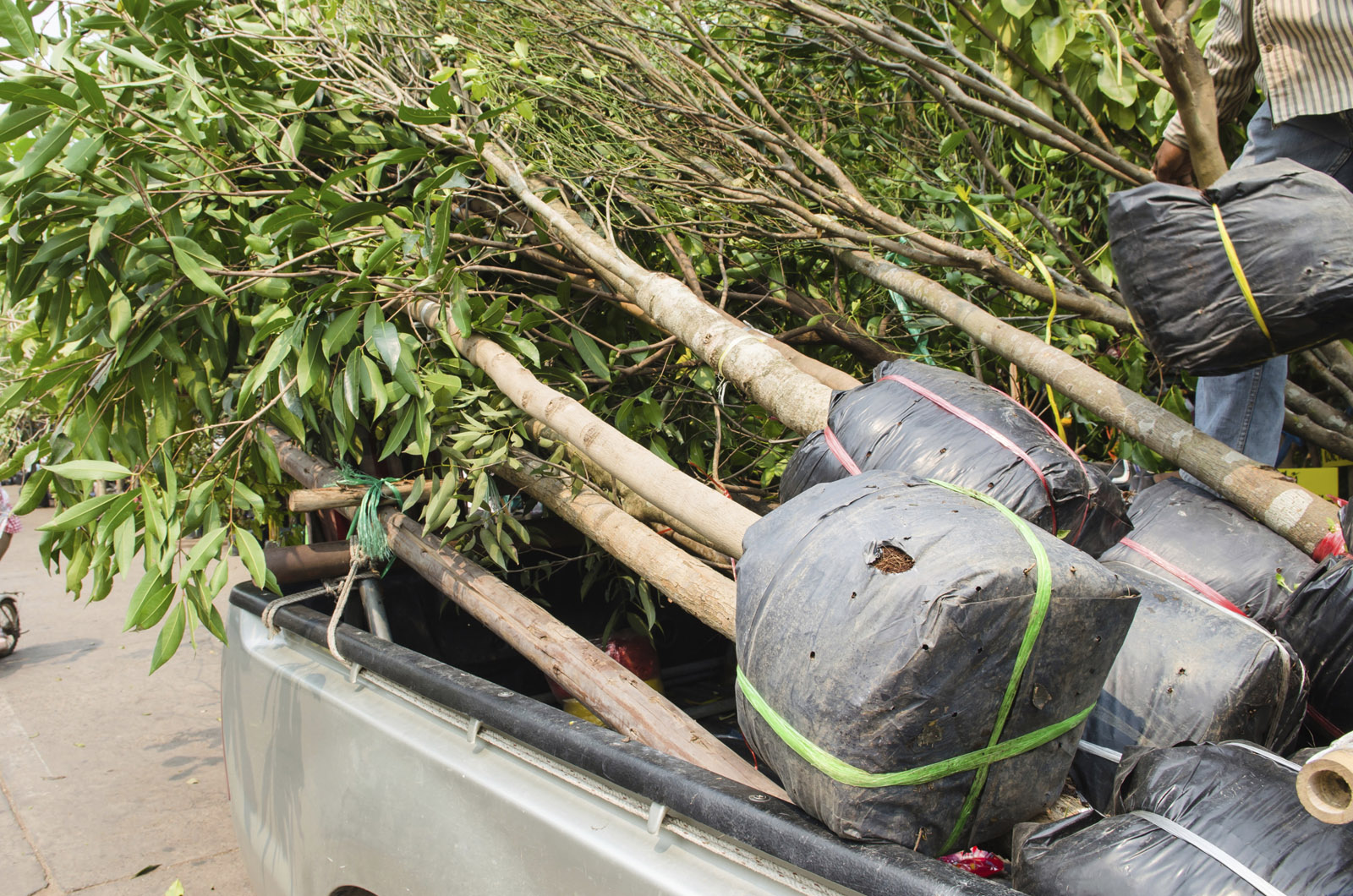To plant or not to plant? It’s never been a more difficult question.
I always urge you to hold off on planting tropicals like tomatoes, peppers, eggplant, cukes and zukes until nighttime temps are reliably in the 50s and not to be tempted by temporary heat waves in April and early May.
But with nights in the high 50s and low 60s predicted through next Saturday — the day before Mother’s Day, when many of you traditionally like to get the summer garden growing, this wave doesn’t seem to be breaking anytime soon,
So if you want to roll the dice and put some plants out this weekend, it seems like a decent bet.
If you want some insurance, take your plants outside to the area where they will be installed, but keep them potted up for another week or so, so that they’ll be easy to bring in if a cold night comes a calling. Be sure to water them every morning, as those little pots dry out fast.
Pick your spot perfectly
What’s the ideal spot for your tomato plants?
- A minimum of six to eight hours of sun a day is an absolute must if you want lots of fruit.
- Ideally, that sun should begin first thing in the morning so the disease-prone plants can quickly dry off the morning dew.
- But perhaps most important of all is not to plant tomatoes where tomatoes have grown for the past two seasons. Planting tomatoes in the same spot they grew last year and the year before results in the lower leaves turning yellow, and the yellowing progressing up the plant, thanks to a soil-borne wilt (verticillium and/or fusarium). The cure? Move the planting 2 feet in either direction. This new spot should be safe to use this year and next.
For tomatoes all summer, look at the DTMs
A little number that appears on the seed packet or plant tag is some of the most valuable information a tomato grower can have. It’s the “DTM,” or days to maturity of that given variety.
DTMs vary wildly. Some indicate that a variety will produce ripe fruits a lightning-fast 50 days after planting, while others will reveal that the big beautiful heirloom beefsteaks you crave will take 95 days.
The clock on those numbers begins ticking when you put healthy six-week-old transplants outdoors in a sunny spot at a safe time of year. So if you plant on Mother’s Day this season, a variety labeled as 50 to 55 days should then produce ripe fruit around the Fourth of July. A “hundred-day” heirloom wouldn’t be ripe until the end of August.
Got room for eight plants? Pick out a 50, 55, 65, 75, a couple of 80s and a couple of 90s. You’ll have fresh tomatoes all summer — and fall.
Cure for black-bottomed tomatoes: Eggshells in the hole
Forget April — August is the cruelest month for tomato growers. That’s when I get a flurry of calls about big tomatoes turning black and rotting out on the bottom just as they ripen up.
Not caused by a pest or a disease, “blossom end rot” is a cultural problem. But there is an easy cure for blossom end rot: Adequate calcium in the planting hole. Provide that calcium at planting time and the rot will not appear.
The easiest way to do this is to crush up the dried shells of a dozen eggs and place them right over the rootball in the planting hole.
Haven’t been saving your shells and don’t want to ask a restaurant to save a bunch for you? Crush up a dozen calcium carbonate tablets, or add a half-cup or so of an organic plant food specifically designed for tomatoes; it’ll be full of added calcium. Good examples include Espoma’s Tomato-Tone (you should find it right next to the Holly-Tone at your local garden center) and Tomatoes Alive from Gardens Alive.
Tomato planting 101
- Plant in the evening, not in the morning so that first hot day doesn’t immediately doom the already-stressed plants.
- Pick a sunny site where tomatoes didn’t grow last year.
- Dig a deep hole, pull the bottom leaves off the stems of your plants, and plant two-thirds to three-quarters of those stems under the soil line. The buried stem will grow lots of auxiliary roots. This is unique to tomato plants, so don’t try it with peppers or cukes.
- Place a dozen crushed eggshells, calcium carbonate pills or a granular organic tomato food over the top of the rootball.
- Refill the hole only with the garden soil you removed. Do not “improve” the soil in the planting hole.
- Mulch around the plant with 2 inches of yard-waste compost, like Maryland’s Leaf-Gro, not composted manure. This will prevent weeds and disease and supply the perfect slow-release feeding for your plants.
- Support the plants well: tomato cages for small varieties, welded-wire cylinders supported by stakes for big-fruited varieties.
More tomato tips next week!
Mike McGrath was Editor-in-Chief of ORGANIC GARDENING magazine from 1990 through 1997. He has been the host of the nationally syndicated Public Radio show “You Bet Your Garden” since 1998 and Garden Editor for WTOP since 1999. Send him your garden or pest control questions at MikeMcG@PTD.net.







